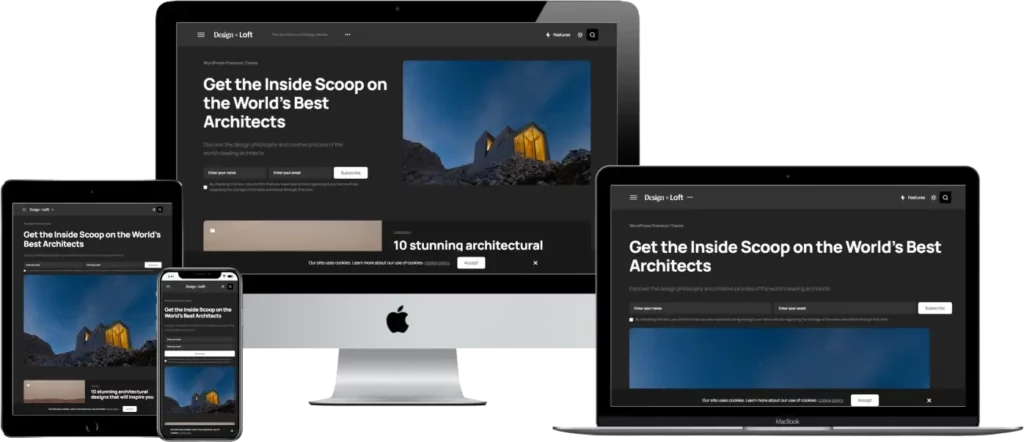Web Design Trends in 2024:
The Future is Now, and it's Interactive
2024 has been a year of dynamic shifts and exciting innovations in web design. Halfway through the year, several trends have emerged as clear frontrunners, transforming how we interact with websites and setting the stage for what’s to come in 2025
Key Trends Shaping Web Design in 2024:
Micro-interactions that Delight:
Subtle animations, hover effects, and interactive elements are injecting personality and enhancing user engagement. These micro-interactions provide instant feedback, guide navigation, and make even mundane tasks enjoyable.
AI-Powered Personalization:
Websites are becoming smarter, using artificial intelligence to tailor content and experiences to individual users. This results in more relevant product recommendations, personalized greetings, and adaptive interfaces that evolve with user preferences.
Immersive 3D Graphics:
With the increasing power of web browsers and devices, 3D graphics are no longer confined to gaming. They’re now used to create captivating product showcases, interactive presentations, and virtual tours that draw users deeper into websites.
The Rise of Dark Mode
Dark mode isn’t just a trend; it’s a preference. More websites are offering dark themes to reduce eye strain, conserve battery life (on OLED screens), and simply because many users find it aesthetically pleasing.
Accessibility as a Priority: Designing for inclusivity is not an option; it’s a necessity. Web designers are focusing on creating sites that are accessible to people with disabilities, ensuring everyone can navigate and interact with online content.
No-Code Revolution:
The democratization of web design is in full swing. No-code platforms are empowering non-technical users to build and customize websites without writing a single line of code, making web presence more accessible than ever.
What to Expect in 2025:
Next-Level Interactivity
We can expect to see even more sophisticated micro-interactions and interactive storytelling techniques that blur the lines between websites and applications.

Hyper-Personalization
AI will play an even larger role in tailoring websites to the individual. Imagine dynamic content that adapts not just to your preferences but also to your mood or the time of day.

The Metaverse Influence:
As the concept of the metaverse gains traction, we’ll likely see web design elements that bridge the gap between the physical and virtual worlds, potentially incorporating augmented reality (AR) and virtual reality (VR) experiences.

Sustainability in Design
With growing concerns about the environmental impact of technology, we can anticipate a focus on eco-friendly web design practices that prioritize energy efficiency and responsible resource usage.

Voice User Interfaces (VUI)
As voice assistants become more integrated into our lives, websites may increasingly incorporate voice commands and interactions.

The Future is Bright:
The evolution of web design is an ongoing journey, and the trends of 2024 have set the stage for a future where websites are more interactive, personalized, accessible, and immersive than ever before. As technology continues to advance, the possibilities for web design are limitless, and 2025 promises to be another year of exciting innovation and transformation.
In Conclusion:
Whether you’re a web designer, developer, or business owner, staying abreast of these trends is crucial to creating websites that not only look visually stunning but also deliver exceptional user experiences. By embracing innovation and focusing on user-centric design, we can build a web that is more inclusive, engaging, and sustainable for everyone.
